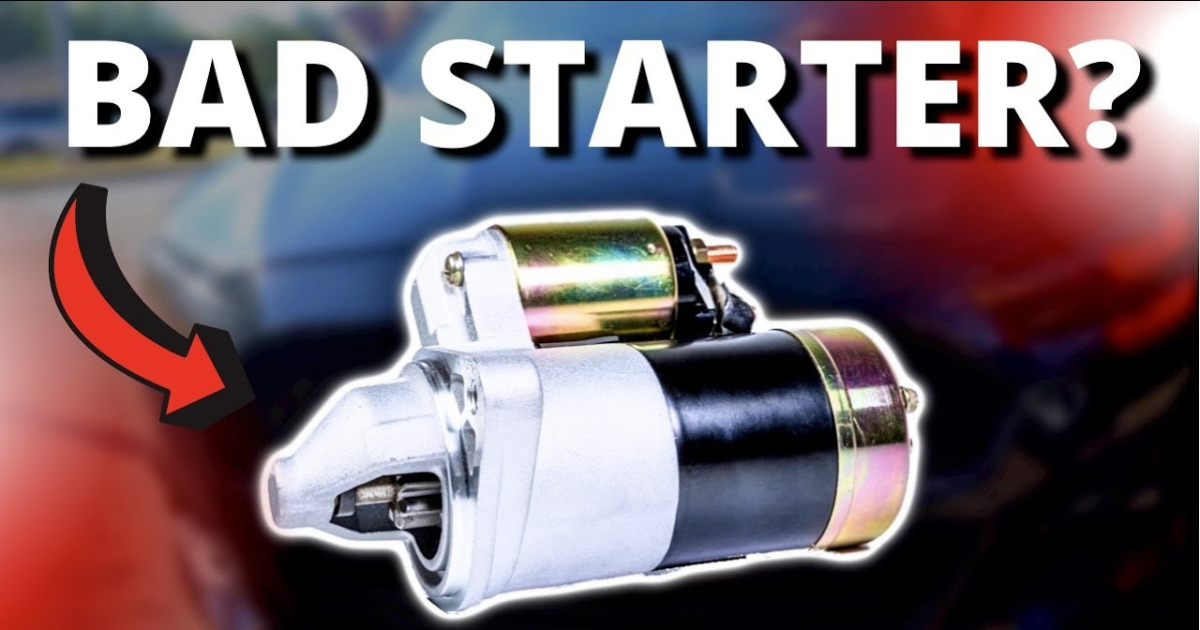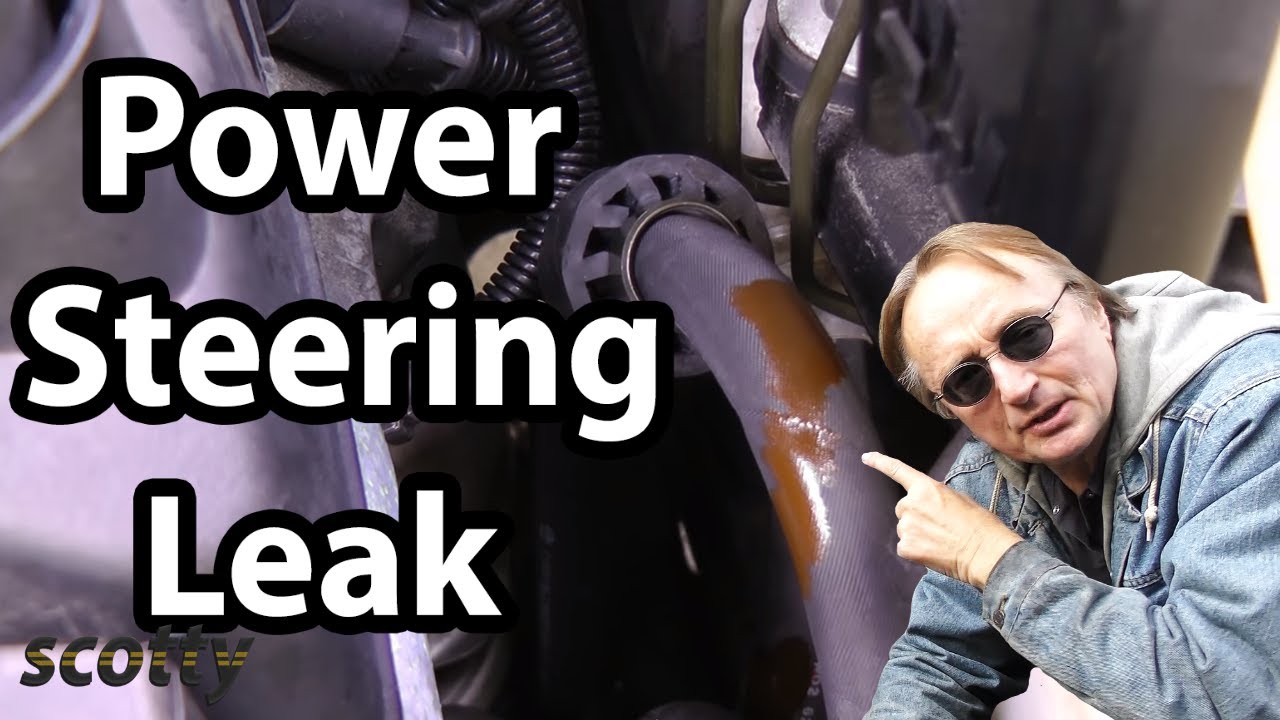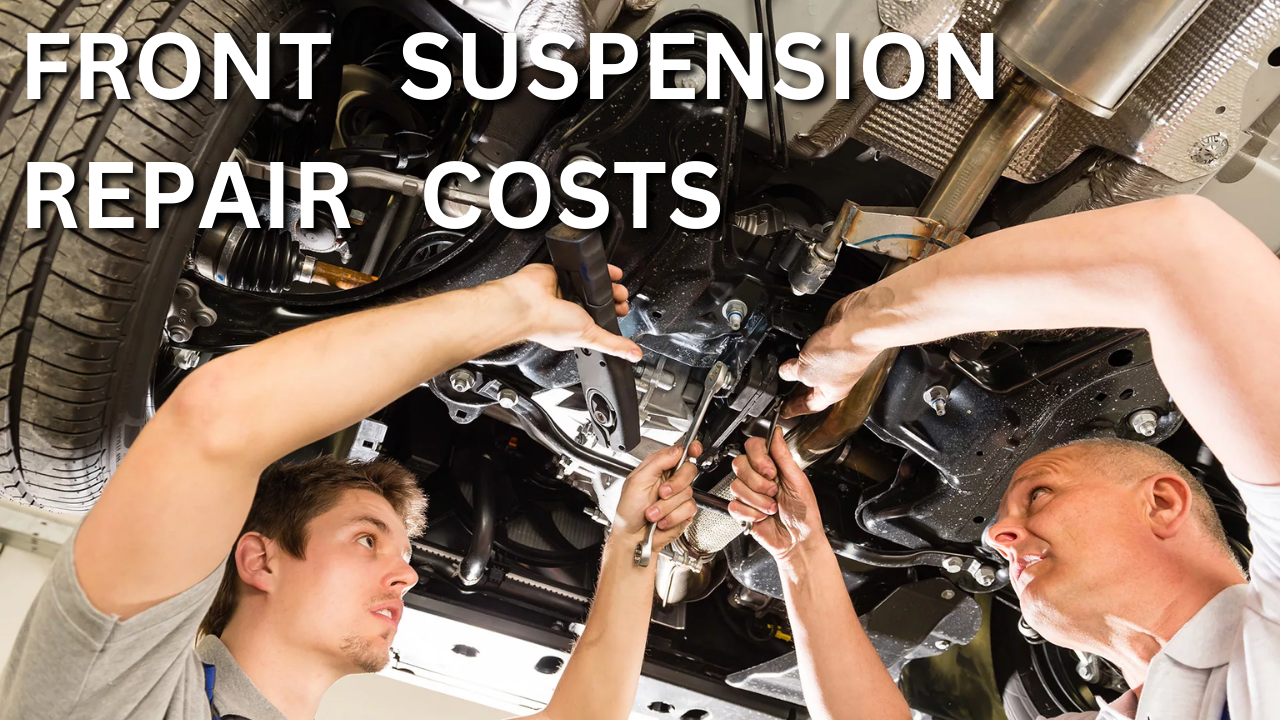To dampen road vibrations, suspensions use struts, which are structural supports. They provide crucial support and cushioning for the vehicle’s steering and braking systems, and they’re fastened to the wheels of the vehicle.
Numerous symptoms impair drivability and constitute a danger when driving when a strut is destroyed. The vehicle’s instability or increased bouncing is a common symptom. The suspension’s dampening function is no longer provided by the strut.
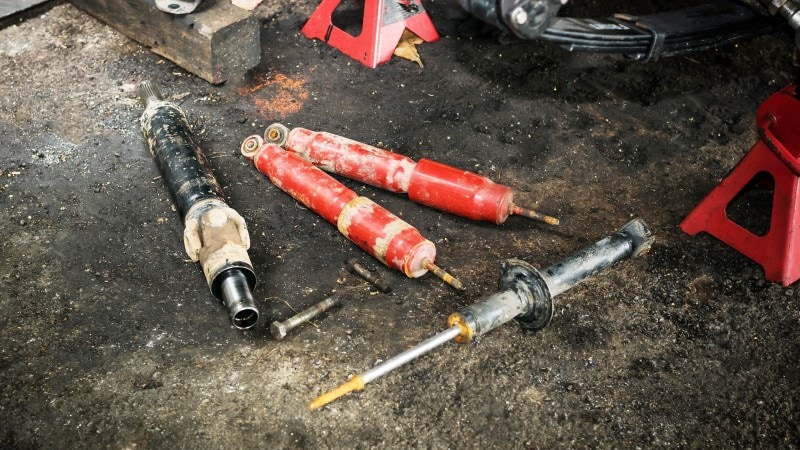
Common Symptoms of having bad shock and strut
Despite its numerous differences, shocks and struts serve very similar purposes. Their capacity to dampen vibrations and shocks, therefore enhancing the suspension, is a key similarity.
The symptoms of a bad shock and a bad strut are often the same because of how comparable they are.
Some of the signs of a broken shock or strut are listed below.
Tires that wear unevenly
Tire wear that isn’t uniform is usually an indication of a problem with the strut’s housing, mount, or any other component that impacts the suspension’s structure. Because shocks limit the suspension movement by providing a dampening force, they can also lead to uneven tire wear. When something goes wrong, the vehicle will bounce about a lot, which speeds up the tire wear.
Furthermore, the suspension structure is impacted when the strut is injured. Uneven tire wear could result from misalignment of the wheels if this occurs.
Strange sounds
There will be a noticeable clunking noise when driving if the struts or shocks are worn out. It may happen if the struts or shocks are damaged and the metal components of the suspension come into contact with each other.
The driver’s seat vibrates
Particularly on bumpy roads, you can feel a slight vibration. But if the vibration persists even when traveling on smooth roads, it can be an indication of a strut or shock issue.
When a shock or strut is old and worn, it can no longer dampen the vibrations and motions caused by the suspension. A vibrating or bouncing wheel is the result, which in turn affects the steering mechanism.
Just because something changes the way the wheels turn doesn’t mean it won’t have an effect on how the steering works
Nose dive when stopping
When the vehicle’s struts aren’t working properly, it will nosedive every time you press the brake pedal. The strut can’t support the car’s weight anymore because of broken or worn components. Even on a flat road, the vehicle sways more than normal.
Moving around while driving
A bouncy ride is the result of faulty shocks or struts, which fail to absorb even the slightest road imperfections. As the car is driven over a mild bump, the tires will keep bouncing.
The car sways when it turns a corner
Damage to the struts and shocks makes it more difficult for the suspension to support the weight of the car. As a result, regulating the amount of mass sent to the floor becomes more challenging. As a result, vehicles are more likely to lose their equilibrium when navigating corners.
Fluid leaking out
One indication of a faulty front shock or strut is hydraulic fluid leaking out of the shock. When the top seals deteriorate, fluid will flow out. The fluid is able to drain out of the system via the opening in the top seal.
The stiffness and shock will cause the seals to become brittle over time, making them less effective in holding onto fluids
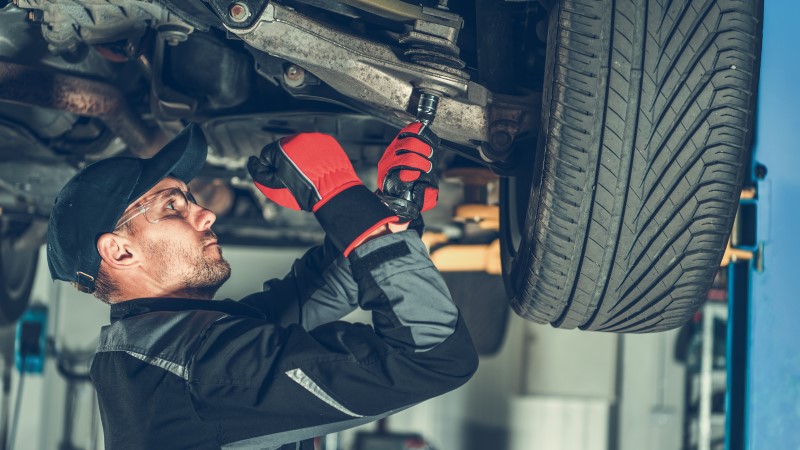
Conclusion
While both the shock and the strut serve a similar purpose, the struts go a step further by offering structural support. Struts and shocks are standard on most vehicles, though some may have both. Because of their shared function and integration into the suspension, damaged struts and shocks may present with comparable symptoms.



